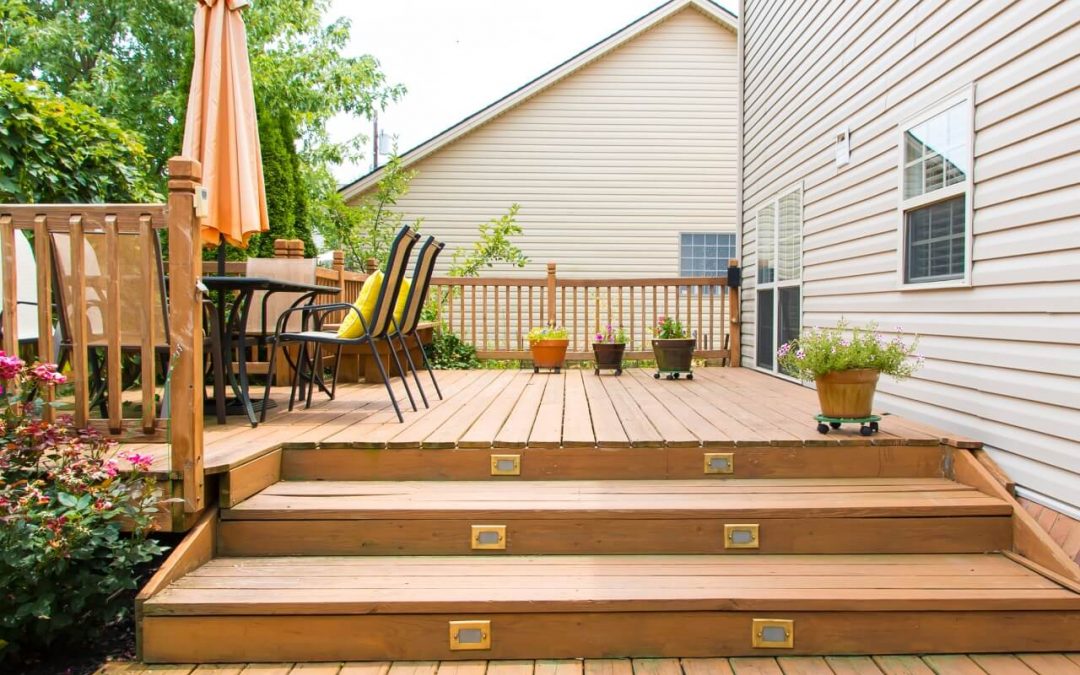
Pros and Cons of Popular Decking Materials
A deck is an outdoor living space that is often elevated off the ground, varying in height from a few inches to many feet or levels. Originally constructed of wood, modern decks might be made of any of these popular decking materials. Let’s look at the pros and cons of some of those materials.
Redwood Decking Materials
Redwood has been a traditional choice for decking material for many years. The wood is durable and attractive and the natural color is pleasant. Redwood is fire and insect-resistant.
Redwood can be more brittle than softwoods, so pre-drilled holes are usually necessary to prevent splitting. The biggest disadvantage is the cost. Compared with softwoods or composites, redwood can be up to twice the price per foot.
Cedar Decking
Another popular choice for natural wood decking is cedar. Cedar is strong and has a distinct scent that many people find appealing. Another advantage of cedar is that it is naturally resistant to rot, decay, and insects.
While not quite as brittle as redwood, cedar can be just as expensive. If not regularly sealed, the attractive cedar color will fade to gray.
Pressure-Treated Lumber
Pressure-treated wood is the most common material used in outdoor construction. This type of wood repels moisture and is resistant to mold and insects. It is inexpensive and easy to install.
Pressure-treated wood needs to be resealed every year or so to prolong its lifespan. If regular maintenance isn’t for you, choose another option.
Vinyl Decking Materials
Synthetic materials like vinyl have become a common choice in recent years. Low maintenance and ease of installation make this a popular material for HOAs and subdivisions looking for a uniform appearance. Color is infused into the material, eliminating the need to paint. With proper maintenance, you can expect it to last 20 to 30 years.
Vinyl is difficult to paint and can’t be stained, so changing colors is not an option. While some vinyl can mimic wood, it lacks the natural beauty of quality wooden decking.
Composites
Another synthetic material commonly used for decks is composite. Composite is made of wood particles mixed with plastic and pressed into shape. Composite decking is heavier than vinyl and has a longer lifespan than natural wood.
This type of decking is more difficult to install, can be pricey, and may contain chemicals that make it difficult to dispose of safely.
Aluminum
While not a common choice, aluminum decking does have its advantages. It dissipates heat more effectively than wood, so it cools quickly. It’s also lighter and stronger than wood. Although installation can be a more difficult job, aluminum decking is nearly maintenance-free.
Besides the installation, the main disadvantage is the cost. Aluminum decks can be pricey. This material is also noisy underfoot and becomes slippery when wet.
These are the most common types of materials used to build decks. One material may be better for your backyard deck. Examine the pros and cons of these materials and choose the one that is right for your home and your budget.
American Home Inspection Services provides home inspection services to Southeast Michigan. Contact us to schedule an appointment.
